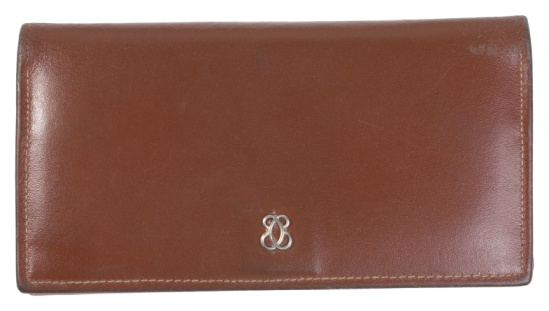TAG. WHO'S IT?
 Confused about the sell by and use by labels on grocery foodstuffs? As well as the “I’m all natural” claims?
Confused about the sell by and use by labels on grocery foodstuffs? As well as the “I’m all natural” claims?
Rest assured. You’re not alone.
According to a recent Consumer Reports survey, nearly 2/3rds of respondents believe, for instance, that ‘natural’ implies the item is a better food and that it contains no artificial ingredients, chemicals, pesticides, or GMOs. It’s food that is simple, less processed, and genuine (whatever that means).
Wrong.
Why?
The US Food & Drug Administration hasn’t defined it yet.
Which, of course, got us to thinking: What about the labels we in the marketing and communications biz blithely toss around, like logo and tag line and slogan and campaign and … ? Do our key audiences (for example, the C-suite) really understand what we’re talking about – and are we all on the same page? And do all our labels result in further confusing the folks we’re trying to reach – and persuade?
You get our drift. Obviously, we apply labels to simplify a complex world. The words and phrases we use to describe things and ideas, according to a 1930s’ linguist (and proven true for decades and decades after), actually determine what we see. Think of it as a self-fulfilling prophecy.
Twizzlers is a low-fat snack. Natural cheese is simply that, without cellulose powder to keep it from sticking.
So is time to clear up our own noise – and, perhaps, set a great example for the manufacturers of this world?
 Tuesday, April 12, 2016 at 12:00PM | in
Tuesday, April 12, 2016 at 12:00PM | in  branding
branding 


